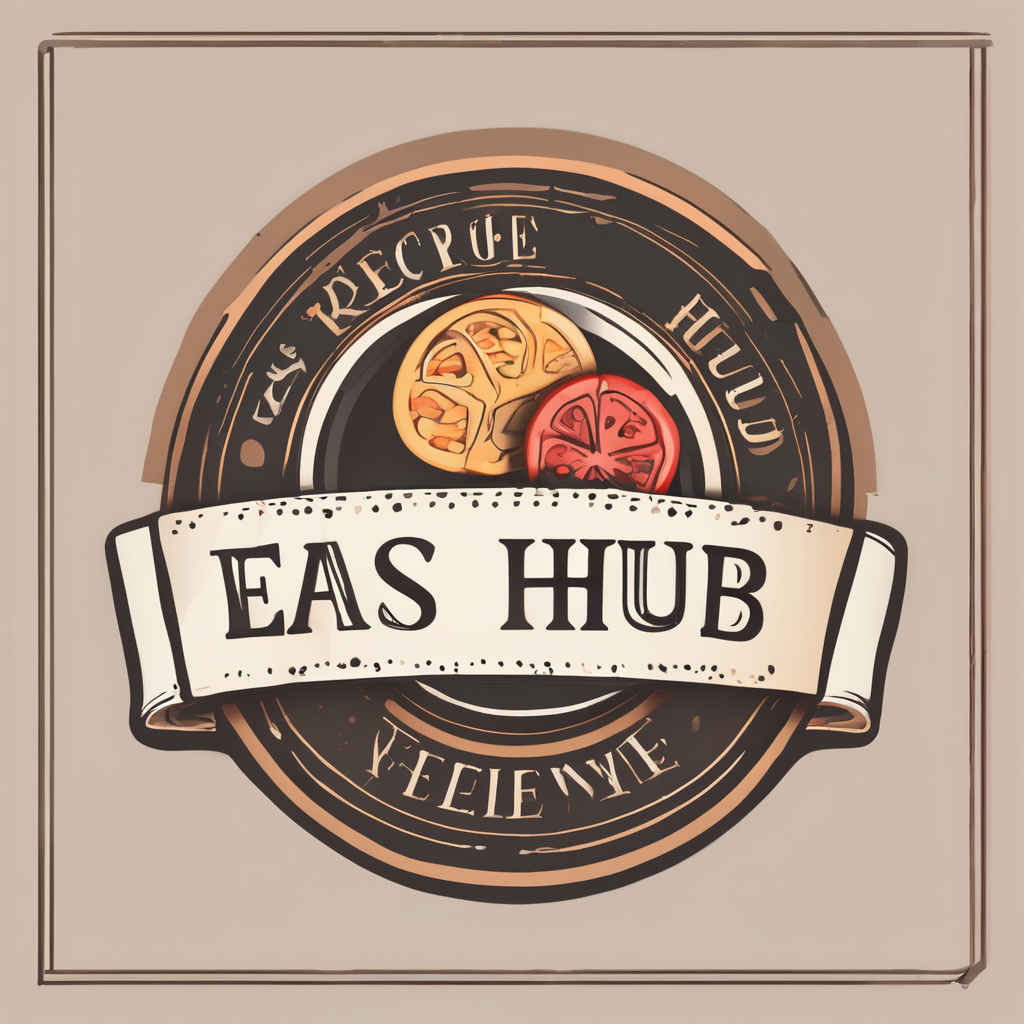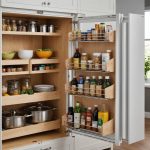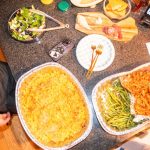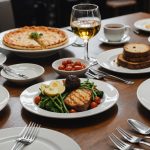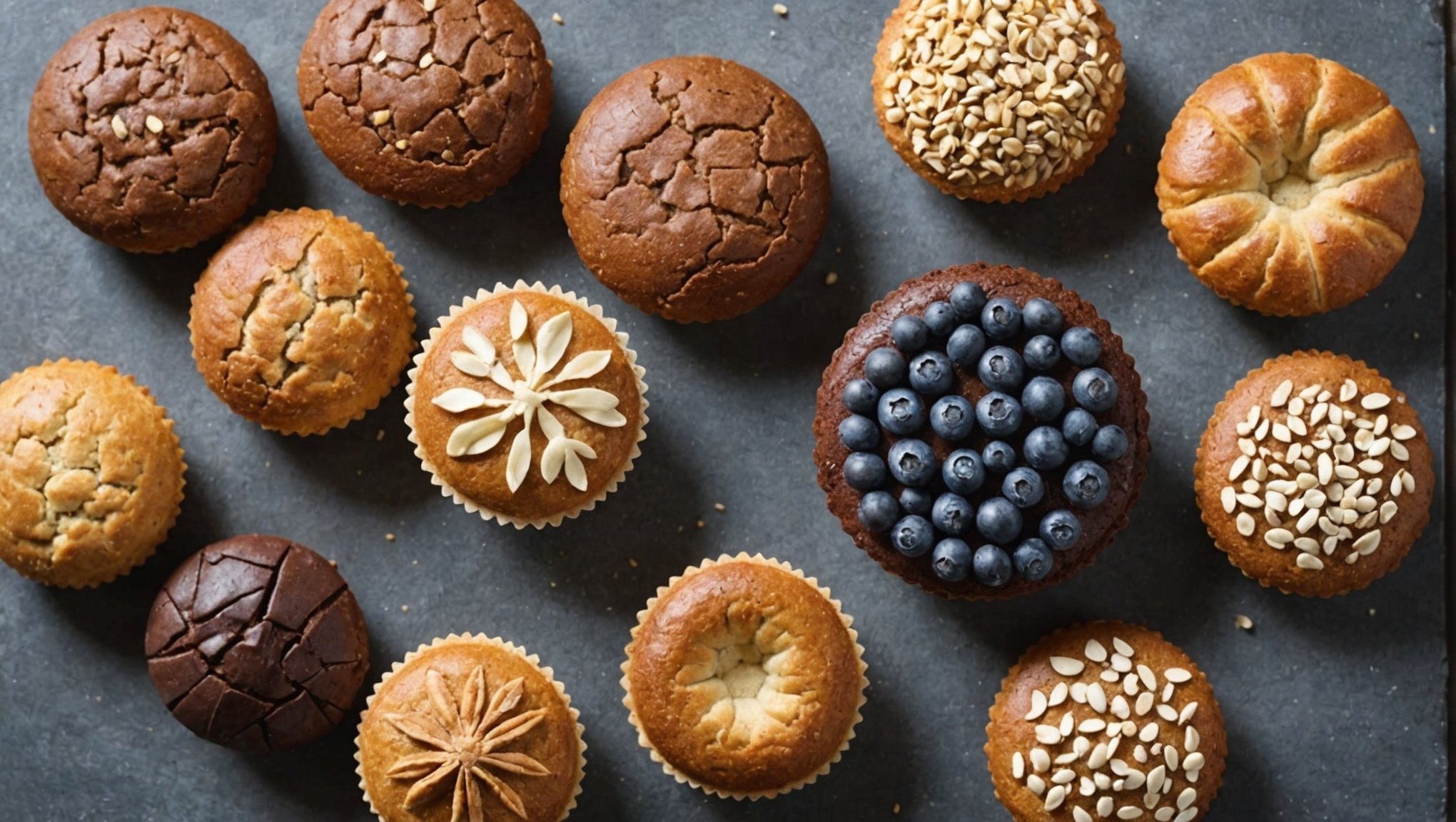Top Gluten-Free Baking Staples Every UK Kitchen Needs: Your Essential Guide!
Understanding the Basics of Gluten-Free Baking
Gluten-free baking can seem daunting, especially for those new to the world of gluten-free diets. However, with the right staples and a bit of knowledge, you can create delicious and satisfying baked goods that everyone can enjoy. Here’s a comprehensive guide to help you get started.
What is Gluten and Why is it a Problem?
Gluten is a protein found in wheat, barley, and rye. For people with celiac disease, non-celiac gluten sensitivity, or those who simply prefer a gluten-free diet, consuming gluten can lead to serious health issues. Therefore, substituting traditional flours with gluten-free alternatives is crucial.
Also to discover : Top Compact Compost Bins Perfect for Small UK Kitchens: Maximize Your Space!
Essential Gluten-Free Flours for Your Kitchen
When it comes to gluten-free baking, the type of flour you use can make all the difference. Here are some of the best gluten-free flours you should have in your kitchen:
Rice Flour
Rice flour is a versatile and widely used gluten-free flour. It is light and delicate, making it perfect for cakes, cookies, and pastries. There are different types of rice flour, including white, brown, and jasmine rice flour, each with its own unique texture and flavor.
Also to see : Top Compact Compost Bins Perfect for Small UK Kitchens: Maximize Your Space!
Almond Flour
Almond flour is a popular choice for those looking for a nutty flavor and a finer texture. It is high in protein and healthy fats, making it a great option for baked goods like cakes, muffins, and bread. However, it can be more expensive than other gluten-free flours.
Coconut Flour
Coconut flour is another excellent option, though it requires some special handling. It absorbs more liquid than traditional flours, so recipes need to be adjusted accordingly. Coconut flour is rich in fiber and protein, making it a healthy choice for gluten-free baking.
Tapioca Flour
Tapioca flour, derived from cassava root, is a great thickening agent and can be used to make gluten-free bread, cakes, and pastries. It is easy to digest and has a neutral flavor, making it a good choice for those with sensitive stomachs.
Teff Flour
Teff flour, native to Ethiopia, is packed with nutrients and has a mild, nutty flavor. It is high in protein and fiber, making it an excellent choice for gluten-free baking. Teff flour can be used to make bread, pancakes, and other baked goods.
Table: Comparison of Gluten-Free Flours
| Flour Type | Characteristics | Best Uses | Nutritional Benefits |
|---|---|---|---|
| Rice Flour | Light, delicate, neutral flavor | Cakes, cookies, pastries | Low in fat, moderate in carbohydrates |
| Almond Flour | Nutty flavor, high in protein and healthy fats | Cakes, muffins, bread | High in protein, healthy fats, moderate in carbohydrates |
| Coconut Flour | High fiber, absorbs more liquid | Baked goods with adjusted liquid content | High in fiber, protein, and healthy fats |
| Tapioca Flour | Neutral flavor, easy to digest | Thickening agent, bread, cakes | Low in fat, moderate in carbohydrates, easy to digest |
| Teff Flour | Nutty flavor, high in protein and fiber | Bread, pancakes, baked goods | High in protein, fiber, and essential amino acids |
Must-Have Ingredients for Gluten-Free Baking
Beyond flours, there are several other ingredients that are essential for successful gluten-free baking:
Psyllium Husk
Psyllium husk is a fiber-rich ingredient that helps to bind gluten-free flours together, creating a more cohesive texture in baked goods. It is particularly useful in bread recipes to prevent crumbling.
Eggs
Eggs are a common ingredient in many baked goods and serve as a natural binder in gluten-free recipes. They add moisture, richness, and structure to your baked goods.
Dairy or Dairy-Free Alternatives
Depending on your dietary preferences, you can use dairy products like milk and butter or opt for dairy-free alternatives such as coconut milk and vegan butter. These add flavor and moisture to your baked goods.
Yeast
For bread and other yeast-based recipes, using the right type of yeast is crucial. Instant yeast is often recommended for gluten-free baking as it activates quickly and helps the dough rise efficiently.
Practical Tips for Gluten-Free Baking
Here are some practical tips to help you navigate the world of gluten-free baking:
Use a Flour Blend
Using a single type of gluten-free flour can result in baked goods that lack texture and flavor. A blend of different flours, such as rice flour, almond flour, and coconut flour, can provide a better balance of texture and flavor.
Adjust Liquid Content
Gluten-free flours absorb liquid differently than traditional flours. Be prepared to adjust the liquid content in your recipes to achieve the right consistency.
Don’t Overmix
Overmixing can lead to tough and dense baked goods. Mix your ingredients just until they come together, then stop mixing to avoid developing the gluten-free flours.
Top UK Blogs and Resources for Gluten-Free Recipes
For inspiration and guidance, here are some top UK blogs and resources that offer a wealth of gluten-free recipes and tips:
Gluten-Free Heaven
Gluten-Free Heaven is a comprehensive blog and magazine that offers a wide range of gluten-free recipes, health advice, and lifestyle tips. It features contributions from experts and chefs like Ambra Torelli.
Gluten Free Alchemist
The Gluten Free Alchemist blog, run by Kate, is a vibrant resource for gluten-free recipes and travel tips. Kate’s mission is to make gluten-free living enjoyable and accessible through her carefully tested recipes.
Gluten Free Cuppa Tea
Becky Excell’s blog, Gluten Free Cuppa Tea, is renowned for its innovative and accessible gluten-free recipes. Becky, a Sunday Times bestselling author, shares her experiences and recipes that cater to various dietary needs.
Detailed List of Essential Gluten-Free Baking Tools
Here is a detailed list of tools you’ll need to get started with gluten-free baking:
- Digital Scale: Accurate measurements are crucial in gluten-free baking.
- Mixing Bowls: Stainless steel or glass bowls are best for mixing ingredients.
- Electric Mixer: An electric mixer can help with creaming and mixing ingredients efficiently.
- Baking Sheets and Pans: Non-stick baking sheets and pans are ideal for preventing sticking.
- Measuring Cups and Spoons: Precise measurements are key to successful gluten-free baking.
- Blender or Food Processor: Useful for grinding flours and mixing ingredients.
- Oven Thermometer: Ensures your oven is at the correct temperature.
- Cooling Rack: Essential for cooling baked goods properly.
Example Recipe: The Best Gluten-Free Brown Bread
To illustrate the practical application of these staples and tips, here’s a recipe for the best gluten-free brown bread, courtesy of the Gluten Free Alchemist:
Ingredients:
- 130g gluten-free oat flour
- 18g milled flax seed
- 35g ground psyllium husk
- 1 tsp fine sea salt
- ½ tsp bicarbonate of soda
- 3 tbsp dried milk powder or coconut milk powder
- 7g instant dried yeast
- 3 large eggs
- 3 tbsp sunflower or olive oil
- 1 tbsp runny honey
- 1½ tsp lemon juice
- 390ml hand-warm water
Instructions:
- Prepare the Ingredients: Grind the gluten-free oats, flax seeds, and psyllium husk in a blender.
- Mix the Dry Ingredients: Combine the ground flours, salt, bicarbonate of soda, and dried milk powder.
- Add Wet Ingredients: Mix in the eggs, oil, honey, and lemon juice.
- Add Yeast and Water: Gradually add the yeast and hand-warm water, mixing until a cohesive dough forms.
- Proof and Bake: Let the dough prove for 25 minutes, then bake in a preheated oven at 180°C for 25 minutes.
This bread is soft, springy, and stays fresh for days, making it a perfect example of what you can achieve with the right ingredients and techniques.
Gluten-free baking is not just about substituting ingredients; it’s about understanding how different flours interact and how to adjust recipes accordingly. With the right staples, tools, and resources, you can create delicious and satisfying gluten-free baked goods that everyone will love.
As Kate from the Gluten Free Alchemist puts it, “Gluten-free living doesn’t have to be complicated. With a little practice and patience, you can make gluten-free baking a joy rather than a chore.”
So, start your gluten-free baking journey today, and remember, practice makes perfect. Happy baking
